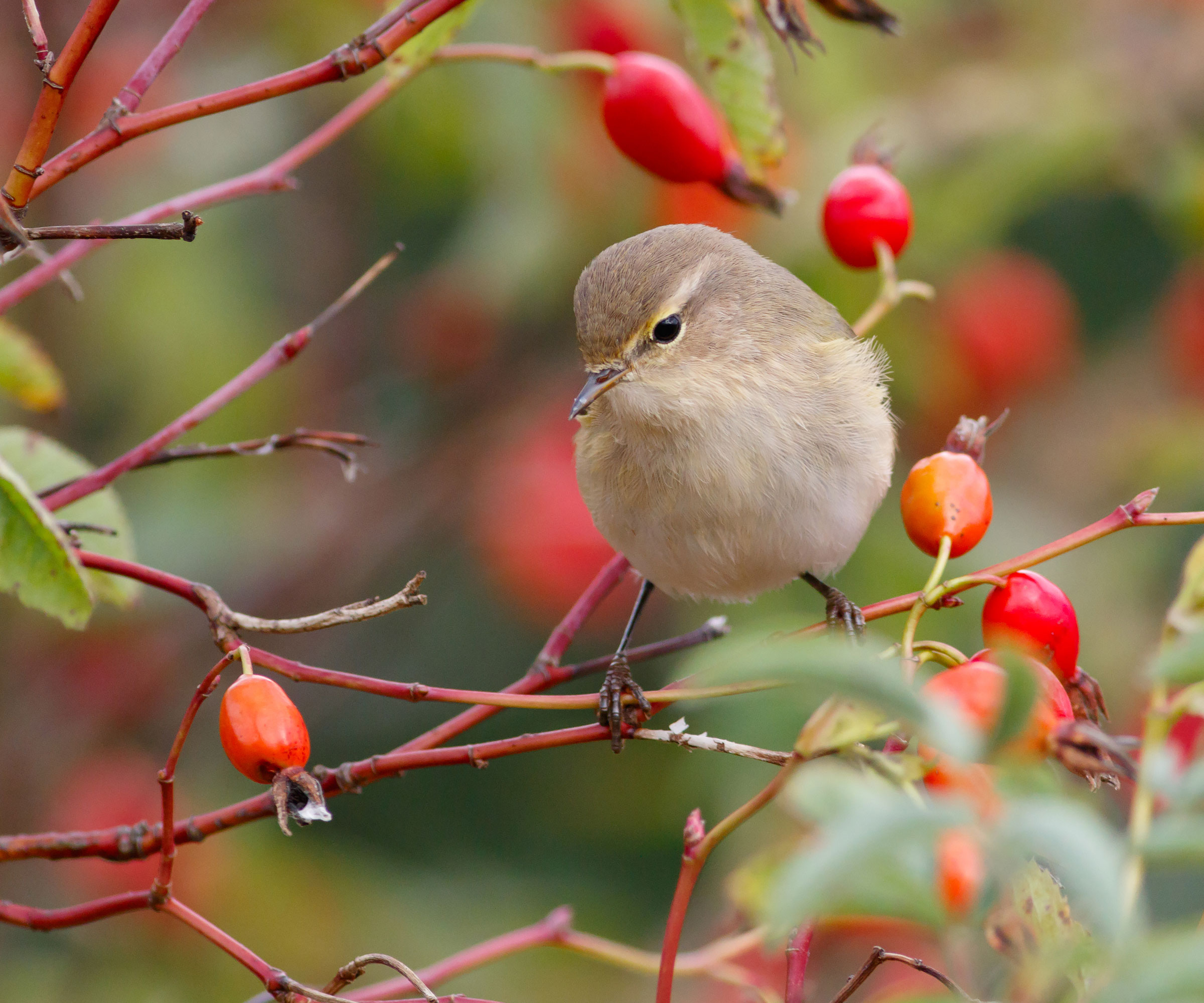Grow Roses From Rose Hips: Discover A Great Way To Grow Endless Rose Plants
As well as adding color and interest to rose bushes after flowering, hips offer untapped potential for future plants! Find out how to grow roses from rose hips


Can you grow roses from rose hips? Though most gardeners stick with cultivars that already exist, it can be tempting to try your hand at hybridization and growing from seed. And whether you are starting a rose garden from scratch or topping up your existing collection, knowing how to grow roses from rose hips is a fun project to try yourself at home.
Roses are some of the best plants for ornamental beds, cutting gardens and even containers. Their timeless beauty and robust nature lend well to any landscape, including those of novice growers. In this article, we explore how to grow roses from hips, and suggest several techniques that can work well.

What is the Easiest Way to Grow Roses from Hips?
To grow roses from hips, you must first understand what you are dealing with. Rose hips are the bulbous fruits or pods that appear on a rose bush under the petals. These pods, often orange or red in color, hold the seeds. You will see a variety of techniques online for growing roses by harvesting the seeds from their hips. The ease and efficacy of these methods can vary wildly, each yielding different results.
Knowing how to grow roses from rose hips is about treating the seeds correctly. On its most basic level, the seed-starting process requires one key component – ripe rose hips. Hips begin to form in summer, after the flowers have been pollinated. You may be wondering, can you plant rose hips straight into the ground? While it is possible to grow roses by simply planting the entire hip in the soil, you may not have much success in getting them to germinate. For this reason, most experts suggest removing the seeds from the hips first.
Rinsing rose seeds with water will help to clean them and remove any excess debris. Many rose growers choose to stratify their seed. Stratifying refers to a brief period, usually lasting several weeks, in which the seed is exposed to cool, moist conditions. Using dampened paper towels, you can arrange rose seeds in sealable bags, then refrigerate them until removing and planting them into trays at the appropriate time. You can also let this stratification occur naturally by planting seeds outdoors in the fall, immediately after harvest.

How Do You Harvest Rose Hips for Planting?
Determining when to harvest rose hips for seeds is relatively simple. Hips require several months to reach maturity. Most gardeners begin to harvest the hips in late summer or early fall when the pods have begun to soften, often changing color.
To grow roses from rose hips that have the best chance of success, harvesting rose seeds carefully is key. Rosarians suggest cutting away each hip carefully, removing both seed and pulp. Be sure to separate the seed only with gloved hands, as the process is commonly known to cause itching and/or skin irritation.
Sign up for the Gardening Know How newsletter today and receive a free copy of our e-book "How to Grow Delicious Tomatoes".

How Long Does it Take to Grow Roses from Seeds?
For anyone who has tried growing roses from cuttings, propagation has obvious time considerations. Put simply, growing roses from seed requires even more patience! After the seed stratification process, germination is slow and occurs only when the conditions are ideal. With ample warmth and consistent moisture, you can expect your first seedlings to emerge four-six weeks from planting.
These delicate seedlings require continued care throughout their first growing season, in beds that are well watered and free of weeds. Though some plants may produce small blooms in their first season, new roses often require at least three-four years before reaching maturity.
Storing Rose Hips for Seeds Sown Later
Though mature rose hips can technically be left on the shrub until spring, doing this runs the risk of losing them to cold temperatures or foraging wildlife. If you are cultivating a bird garden, there is certainly a chance of attracting hungry birdies!
Avoid the risk of rose hip losses by harvesting all your rose’s seed pods in late summer or fall, just as they ripen. Removing seeds from each hip is easiest at this time, though the entire pod can be dried and stored in a cool, dark place. Alternatively, store the collected seed in the refrigerator to preserve them as you prepare for planting.

Frequently Asked Questions
When Should Rose Hips Be Picked?
To grow roses from rose hips, timing is important – but there is a reasonable window of opportunity. Rose hips collected for seed can be picked any time the pods are ripe. This means that the seed inside has been allowed ample time to mature, which usually occurs in late summer and persists until cooler temperatures arrive in the fall.
Can You Use Rose Hips From Any Rose?
Though some types prove more prolific than others, gardeners have found success collecting hips from a wide range of rose species. Old roses and other open-pollinated varieties are often considered the most dependable, yielding large numbers of flowers and hips. Hybrids can also produce hips, though some may be sterile or produce seed that is not viable.

Tonya Barnett has been gardening for 13 years. Flowers are her passion. She has transformed her backyard into a cut flower garden, which she regularly chronicles on her YouTube channel http://www.youtube.com/@tonyawiththeflowers.